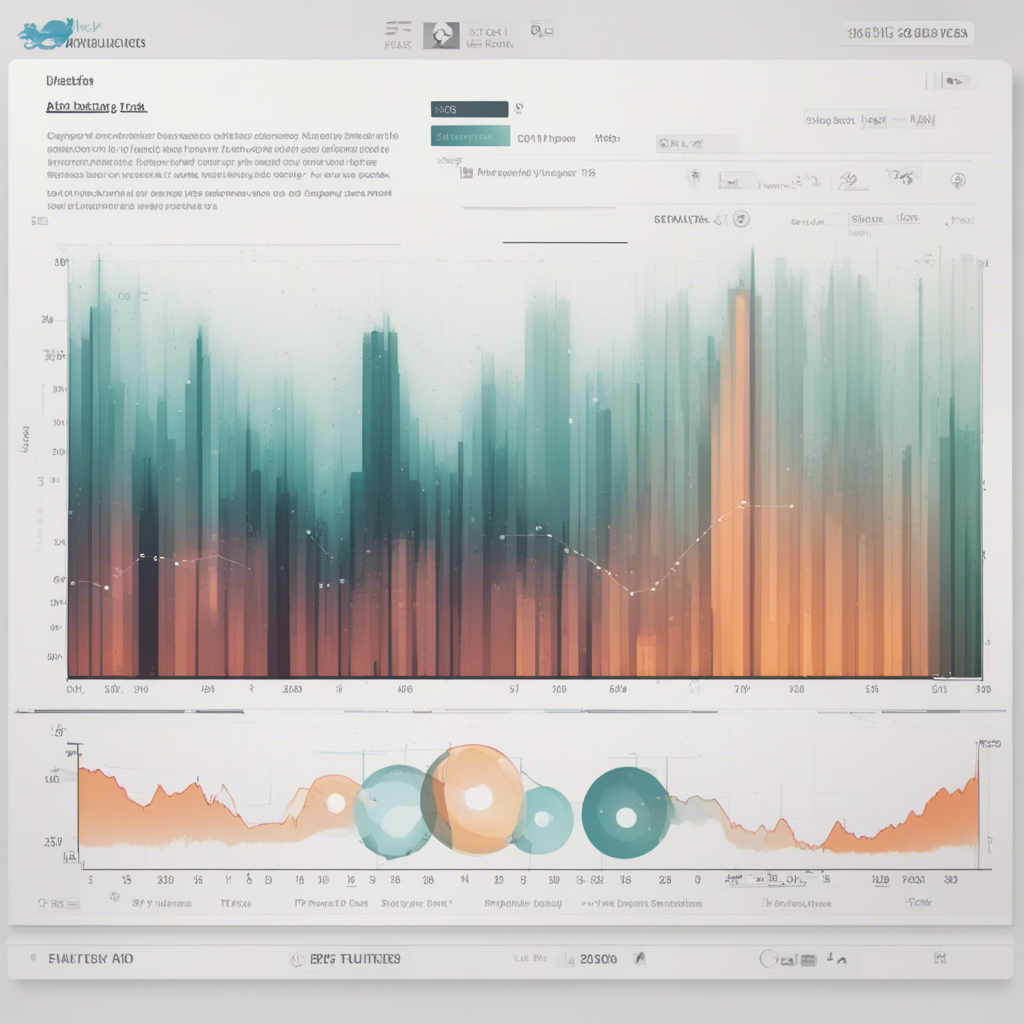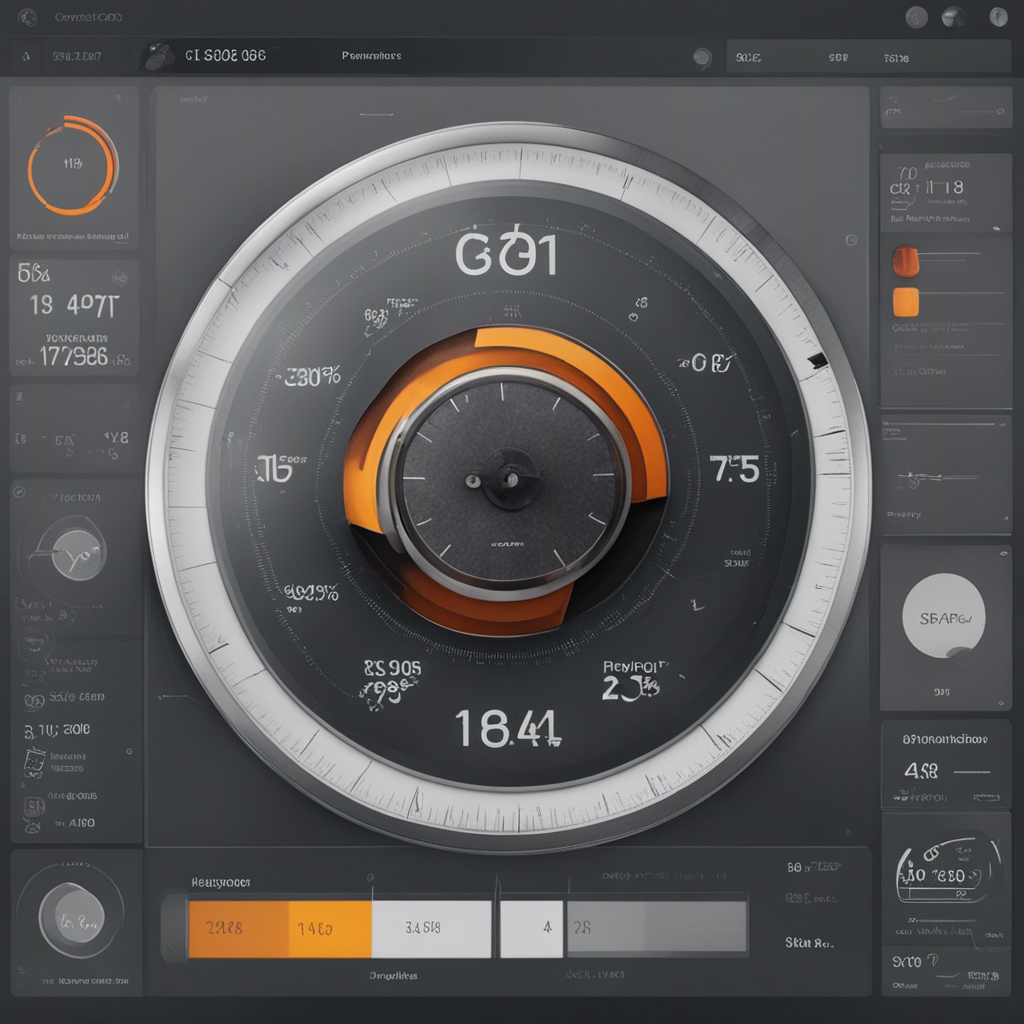
An Introduction to Time Series Forecasting in ML
In today’s world, where data is constantly being generated at an unprecedented rate, the ability to predict future values based on historical patterns has become increasingly important. Time series forecasting, a powerful technique in machine learning (ML), enables us to analyze and predict sequential data points based on their temporal ordering. In this comprehensive blog post, we will delve into the concept of time series forecasting, its applications, and some of the widely-used algorithms in the field.
Understanding Time Series Forecasting
Time series forecasting involves the analysis of data points collected over a period of time. These data points are ordered chronologically, allowing us to uncover patterns, trends, and dependencies that can be used to predict future values. Numerous fields benefit from time series forecasting, such as finance, economics, weather forecasting, stock market analysis, and more.
To illustrate the concept, let’s consider a classic application of time series forecasting – predicting stock market prices. By analyzing a company’s historical stock prices, we can identify patterns, seasonality, and trends that may influence future prices. These insights are invaluable for investors, traders, and financial institutions in making informed decisions.
Time Series Forecasting Algorithms
1. Autoregressive Integrated Moving Average (ARIMA)
The Autoregressive Integrated Moving Average (ARIMA) model is one of the most widely-used and versatile algorithms in time series forecasting. It combines three components: Autoregressive (AR), Moving Average (MA), and differencing. The AR component captures the relationship between an observation and a certain number of lagged observations, the MA component considers the dependency between an observation and a residual error from a moving average model, while differencing helps to stabilize non-stationary time series data.
ARIMA has proven successful in various domains, ranging from economics and finance to weather forecasting. Its effectiveness stems from its ability to capture both short-term and long-term dependencies in the time series data.
2. Exponential Smoothing (ES)
Exponential Smoothing (ES) is another popular technique for time series forecasting. It assigns exponentially decreasing weights to historical data points, giving more importance to recent observations. This method assumes that the future values of a time series are mainly influenced by recent observations rather than distant past data.
ES algorithms, such as Simple Exponential Smoothing (SES), Holt’s Linear Trend Method, and Holt-Winters’ Seasonal Method, provide varying degrees of complexity and are suitable for different types of time series data. The Holt-Winters’ Seasonal Method, for instance, incorporates seasonal patterns in addition to trend and level components, making it particularly effective for forecasting time series with seasonality.
3. Long Short-Term Memory (LSTM)
LSTM is a type of recurrent neural network (RNN) architecture that has gained significant popularity for time series forecasting tasks. Unlike traditional ML algorithms, LSTM has the ability to capture long-term dependencies and handle sequential data effectively. It achieves this by introducing specialized memory cells and gating mechanisms that regulate information flow through the network.
LSTM models have been successful in various applications, such as speech recognition, natural language processing, and stock market prediction. They excel in scenarios where long-term dependencies play a crucial role in accurate forecasting.
Steps in Time Series Forecasting
To develop an effective time series forecasting model, certain steps need to be followed:
-
Data Collection and Preprocessing: Gather the relevant historical time series data and ensure its quality and consistency. This step may require handling missing values, outliers, and noise in the data.
-
Exploratory Data Analysis: Analyze the data visually and statistically to identify trends, seasonality, and other patterns. This step involves plotting time series data, calculating descriptive statistics, and running tests for stationarity.
-
Model Selection: Choose an appropriate time series forecasting algorithm based on the characteristics of the data, such as trend, seasonality, and noise. Consider factors such as computational complexity, interpretability, and the requirement for incorporating external factors.
-
Parameter Estimation and Model Fitting: Estimate the model parameters using a training dataset. This step involves adjusting the algorithm’s parameters to fit the historical data and minimize forecasting errors. Techniques like cross-validation can be employed to evaluate the performance of different models.
-
Forecasting and Evaluation: Use the fitted model to generate future predictions. Evaluate the accuracy of the forecasts using appropriate statistical measures, such as mean absolute error (MAE) or root mean squared error (RMSE). Iterate and refine the model as necessary.
-
Validation and Deployment: Validate the model’s performance using unseen data and test its generalizability. Once satisfied with the results, deploy the model to make real-time or future predictions.
Conclusion
Time series forecasting plays a critical role in predicting future values based on historical patterns in sequential data. As shown in this blog post, various algorithms, such as ARIMA, Exponential Smoothing, and LSTM, offer effective solutions for different types of time series data. By following the steps of data collection, preprocessing, exploratory data analysis, model selection, parameter estimation, forecasting, and evaluation, accurate predictions can be achieved.
Implementing time series forecasting models can provide invaluable insights across numerous domains, empowering businesses and organizations to make data-driven decisions and anticipate future trends. Whether it’s predicting stock market prices, optimizing supply chain management, or managing energy consumption, the power of time series forecasting in machine learning is undeniable.
References:
- Hyndman, R.J., & Athanasopoulos, G. (2018). Forecasting: Principles and Practice (2nd ed.). Available at https://otexts.com/fpp2/
- Box, G.E.P., Jenkins, G.M., & Reinsel, G.C. (2015). Time Series Analysis: Forecasting and Control (5th ed.). Hoboken, NJ: Wiley.
Note: The examples and references provided in this blog post are for illustrative purposes only and do not constitute financial or investment advice.






